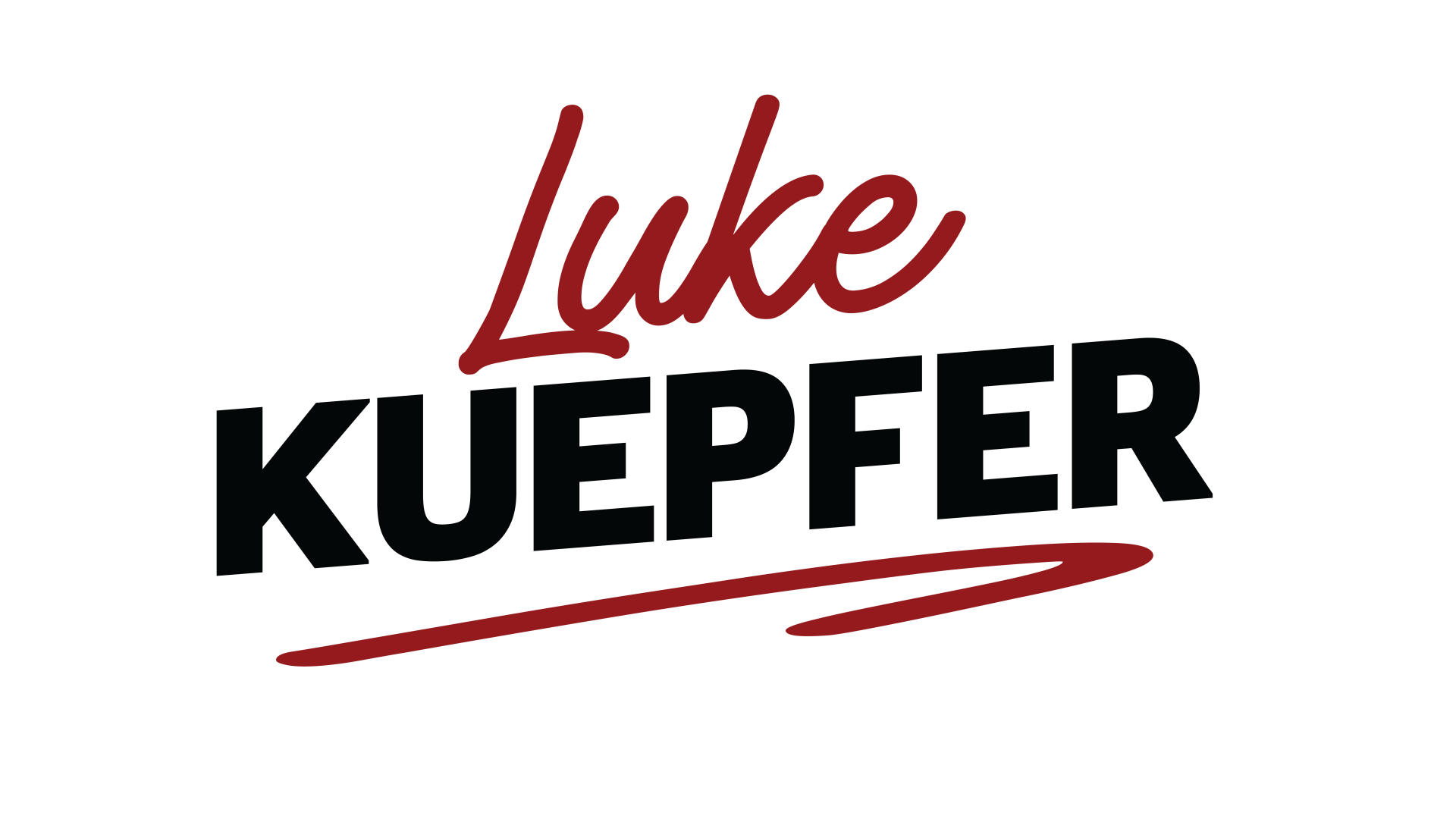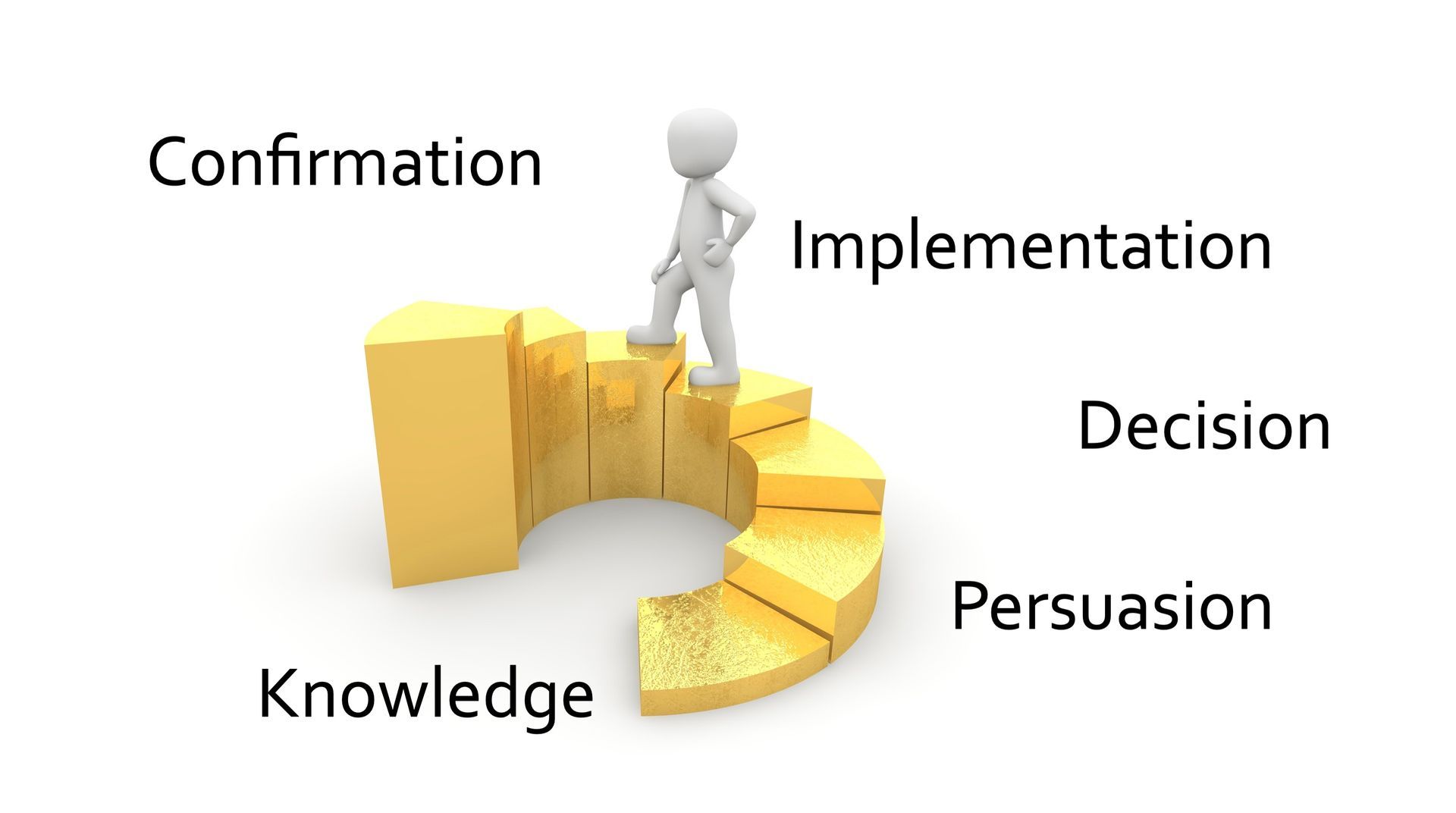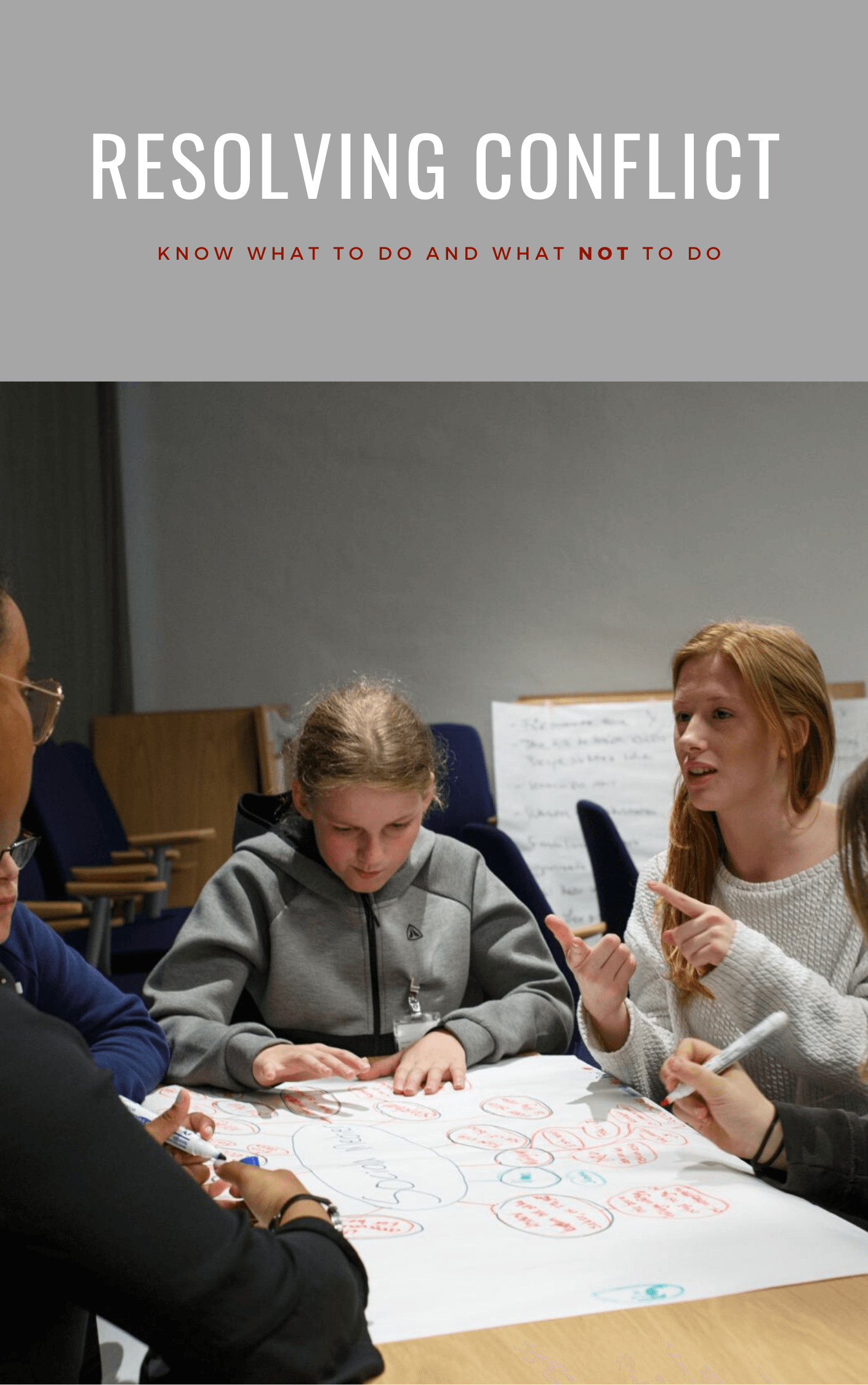Stages of the Innovation-Decision Process
People typically take a number of steps when making a decision. In other words, they go through different stages in the process of adapting to change.
At the knowledge stage, people need information and assistance in comprehension. Next comes the persuasion stage in which the positive aspects of the innovation need to be highlighted and support offered. The third stage of making a decision might involve additional information and an actual trial run. The fourth stage of implementation happens when a person begins using the innovation on a regular basis and becomes more familiar with it. Support and ongoing information that may deal with higher complexity or customization are key at this point. The final stage of confirmation needs very little input and happens when the adopter recognizes the benefits and begins promoting them to others.
Paul Hersey and Ken Blanchard describe this process in their situational leadership model. The first stage of getting people to adopt change requires high direction and low support. Leaders provide a lot of input and direction so the follower knows what to do. The next stage involves coaching and a higher degree of support. The follower now knows enough to begin implementing what has been learned but is also susceptible to making many mistakes; hence, the need for more direction and high support from the leader. The third stage focuses primarily on support while minimizing direction since the follower now experiences a lot of success under the support and encouragement of the leader. In the final stage of delegation, the leader gets out of the way and allows the follower to flourish.
In stage one the leader decides, in stage two the leader generally decides with some input from the follower, in stage three the follower decides with support from the leader, and in the final stage, the leader can leave. This process from followership to leadership is a picture of true empowerment.















